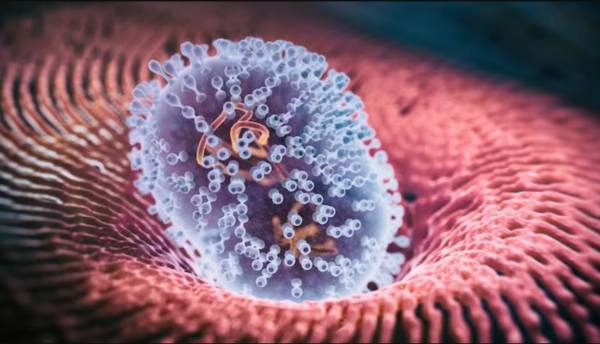30,000 undiscovered viruses in microorganism DNA 2023

Years after SARS-CoV-2, the virus that causes Covid-19, infiltrated our society, it continues to dominate our lives as cases continue to rise in certain regions of the world. Now, scientists have made an unanticipated discovery regarding previously unidentified viruses.
Scientists from the Department of Ecology at the University of Innsbruck have discovered 30,000 previously unknown viruses. These viruses concealed themselves within the DNA of unicellular organisms. According to researchers, the concealed DNA may permit the replication of fully functional viruses within the host cell.

“We were very astonished by how many viruses this analysis revealed. Up to 10 percent of a microbe’s DNA was found to contain hidden viruses, according to Dr. Christopher Bellas, who conducted the research.
The team discovered the virus while examining a new Austrian water virus in 2021.
The researchers emphasized that these viruses appear to be harmless to their hosts. In some instances, they were discovered to be protecting them.
According to a study published in the Proceedings of the National Academy of Sciences, many of the ubiquitous single-celled eukaryotic (complex) organisms on Earth are infested with viruses. However, the team is uncertain as to why these host cells contain so many viruses.

In 2021, the team made the discovery while researching a new group of viruses found in the water of the Gossenkollesee in Tyrol, Austria. In order to determine the origin of new Polinto-like viruses, they tested all organisms with known DNA sequences in a comprehensive study.
Pollination-like viruses (PLVs) are novel viruses that are abundant and diverse in aquatic habitats.
Using the novel Oxford Nanopore technology, the team analyzed data and DNA sequences from microbes using the high-performance computer cluster Leo. This resulted in the discovery of a novel virus cluster.
“It is unclear why so many viruses are discovered in the genomes of microbes. Dr. Bellas added, “Our strongest hypothesis is that they protect the cell from infection by dangerous viruses.”
